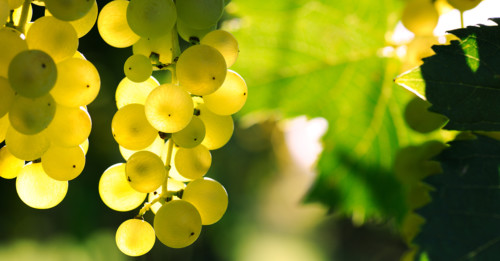Pisco Essential Info
- Color: Clear, light amber
- Region: Chile or Peru
- ABV: 38%-48% (Peruvian), 40% (Chilean)
- Aged: Peruvian aged for 3 months (not in wood); Chilean can be aged in wood
- Made from: Grapes, commonly Moscatel, Quebranta, Pedro Ximenez, Mollar, Torontel (it varies depending on the country of origin)
- Commercial Examples: Macchu Pisco, Pisco Porton, La Botija, Barsol Pisco
- Popular Cocktails: Pisco Sour, Peruvian Vesper, Pisco Whiskey Sour (Pisco can be substituted into many drinks, depending on flavor profile)
Because it’s distilled from wine, pisco is actually a type of brandy. And while regional variations can sometimes make understanding a spirit more difficult, the fact that both Chile and Peru lay claim to the origin of pisco is actually pretty helpful: not only does pisco production in each country vary fairly dramatically, but both are aggressively into preaching the glory of their style, one bottle at a time.
Put briefly, Peruvian pisco is more an expression of the grape—or grapes, really. Peruvian pisco can be made with any combination of eight specific grapes (more or less aromatic, each imparting its own characteristics); it’s distilled only once, can’t be diluted, and can only come into contact with stainless steel or glass. Chilean pisco, on the other hand, is as much an expression of the choices of the distiller—with four grapes to choose from, the choice to repeat distill, and the options of wood-aging and dilution both very much on the table. Due to pretty significant variations in production, as well as the variety of grapes and terroir in play, flavor profiles absolutely vary (but tend to correspond regionally, e.g. Peruvian vs. Chilean). Anything from funk, earthiness, and minerality to spice, citrus, florals, fruit, hay and beyond is fair game.
As for special terminology, “Pisco Puro” means the pisco is made from one grape, while “Acholado” means it’s a blend (either before distillation or after, blending a variety of single-grape distillates). “Mosto Verde” is partially fermented grape juice that’s distilled, resulting in a sweeter, lower ABV pisco variant. Pisco is increasing in popularity in the U.S., for good reason—it’s cocktail and sipping friendly. If you’re uninitiated, try a Pisco Sour at a decent bar (pick your pisco allegiance later).
